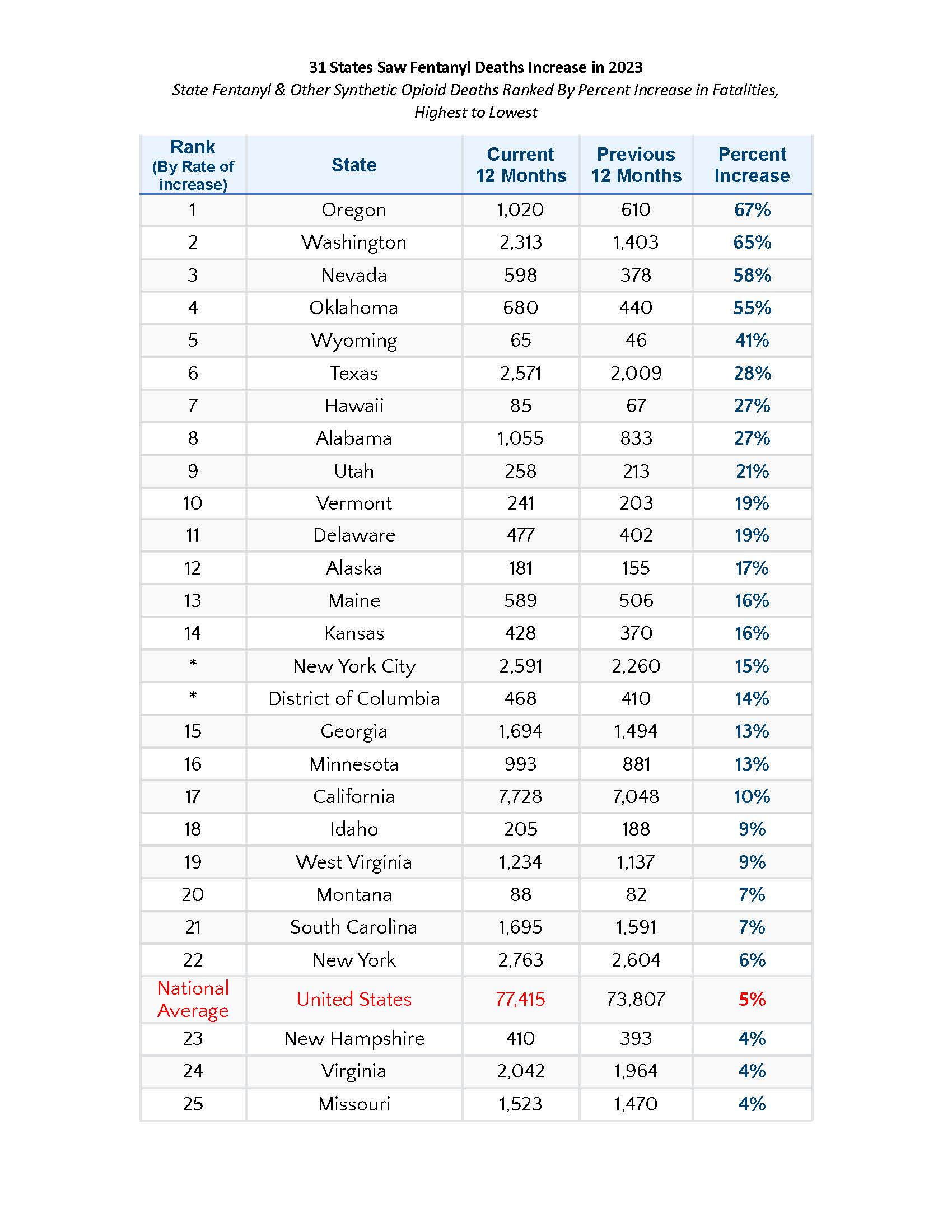Fentanyl isn’t only arriving in the U.S. by your standard-fare drug smuggler, hiding it in suitcases and the back seat of a go-fast boat from Mexico bound for San Diego. It’s still coming in via U.S. mail and other international shippers. And it comes in duty-free. Barring drug-sniffing dogs at Customs and Border Protection (CBP) facilities catching the wayward package shipped usually from China and Mexico, duty-free entry remains a small but active way of getting the killer drug to addicts nationwide.
“CBP continues to see bad actors seeking to exploit the increasing volumes of de minimis shipments to transit illicit goods, including fentanyl and the precursors and paraphernalia used to manufacture it,” a spokesperson for CBP told me. De minimis is a Customs trade provision that allows for duty-free entry of all goods if priced under $800. CBP said that in fiscal year 2022 (beginning Oct 1 and ending Sept 30), most package seizures by Customs agents were from de minimis mail, including seizures for narcotics.
Although the CBP did not specify the source of these packages, Mexico and China are the top two, with China long known as the go-to spot for the raw materials and equipment used to make fentanyl in a lab.
Equipment such as pill presses, used by drug cartels for turning powder into consumable pills, were often seized at CBP mail rooms. Some 80% of those seizures came from duty-free entry, Brandon Lord, executive director of the trade policy and programs directorate, said on Sept. 11 at the National Customs Brokers & Forwarders Association of America conference.
Read the full article on Forbes.com (subscription may be required).












